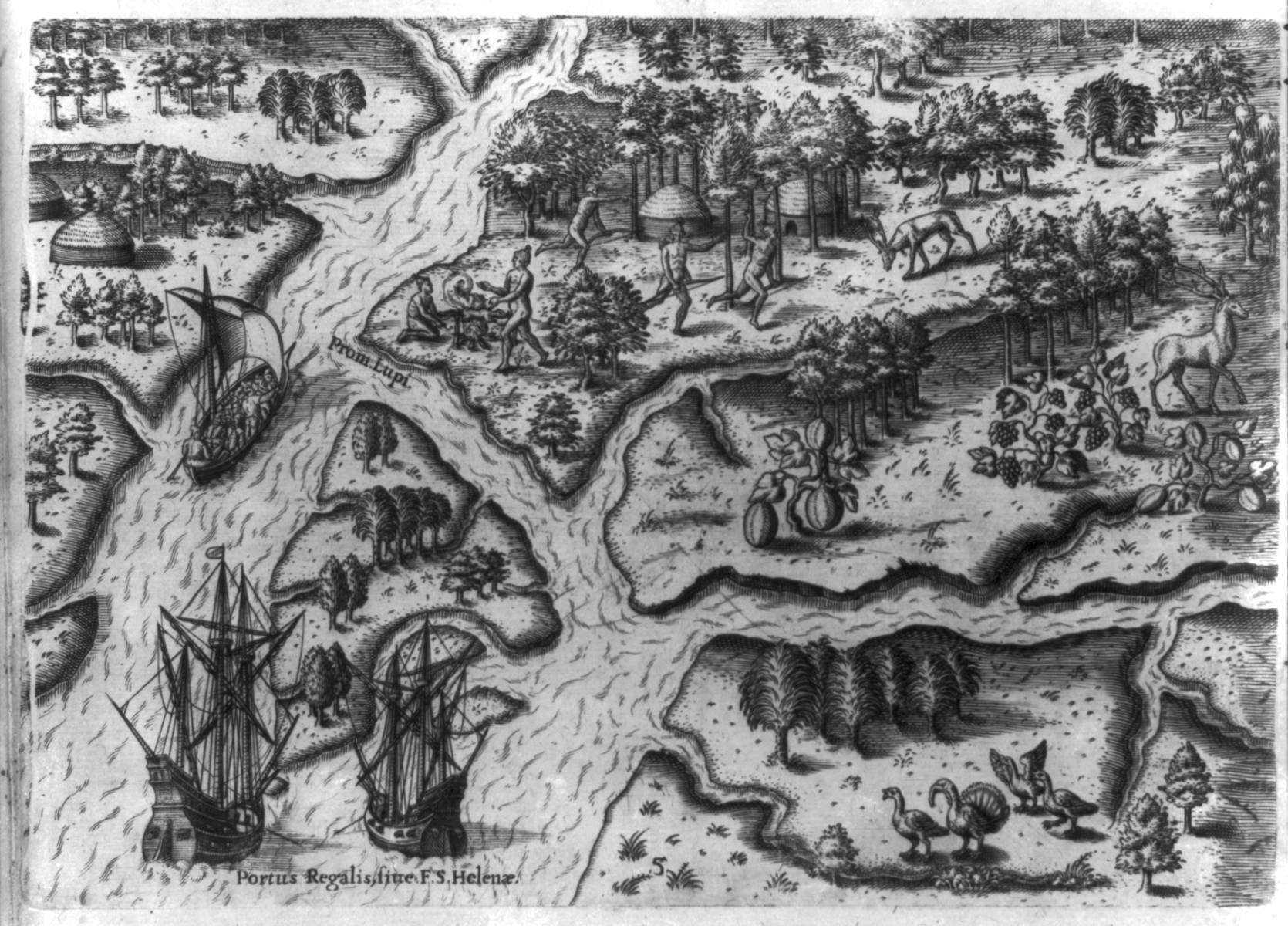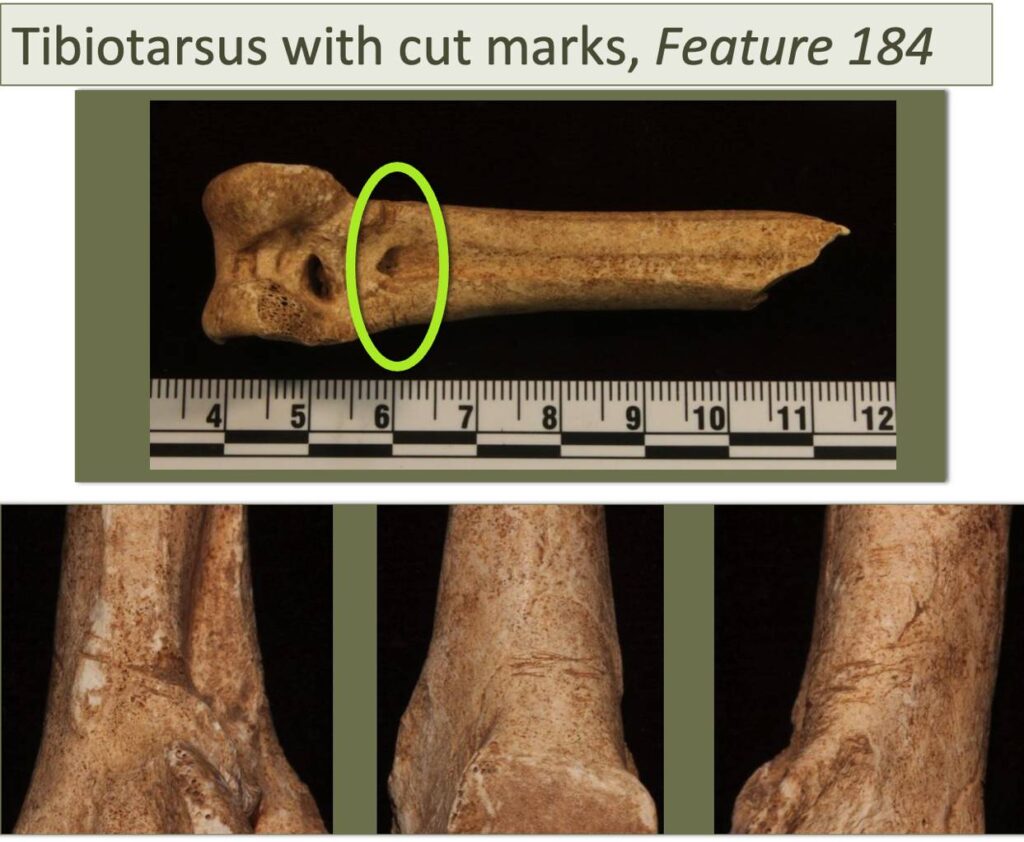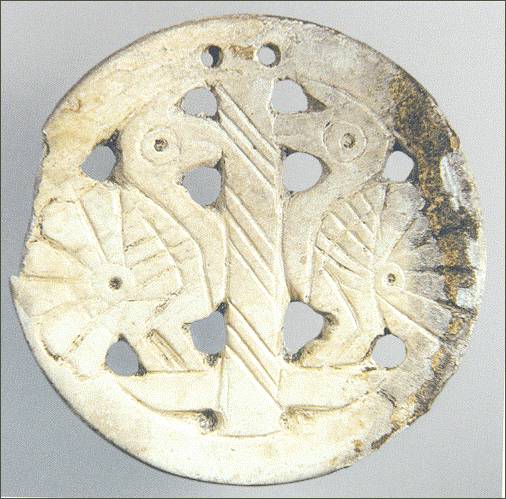
Reading Time: 3 minutes
When were turkeys domesticated? Native Americans domesticated turkeys much earlier than thought.
Until recently, it was assumed that Europeans who colonized the Americas domesticated the turkey a few hundred years ago, while the Native Americans had historically hunted them. Now, scientists have found evidence that suggests that turkeys were domesticated and managed independently by early Native Americans in the Southeast and Mesoamerica hundreds of years earlier than initially thought.
Using stable isotope analysis, scientists measured the age of turkey bones found on ancestral sites. By knowing the half-life of specific isotopes, scientists can look at the ratio of parent and daughter isotopes in a sample to determine the age of a material.
The scientists also measured the bone lengths to compare ancient bones to modern male and female wild turkeys of different species and subspecies.
Dated bones found in the southeast area of the United States suggest that the indigenous people started working with the turkeys between 300 B.C.E and about 100 C.E. Based on this fossil record evidence, we know that nations in the southeast United States domesticated turkeys.
By looking at the carbon isotopes of the bones, scientists determined the turkeys were eating some maize, but not enough to imply they were caged and only fed a maize diet. It’s more likely they were wild-eating insects, grasses, wild fruits, and the occasional garden-grown maize.

Tanya M. Peres, associate professor of anthropology at Florida State University says, “I don’t know if the turkeys were stealing the food.” Turkeys like to live in what we call ‘edge environment.’ They really like those disturbed areas that humans create when they cut down trees or clear fields and you get secondary growth of other things, like weedy plants besides maize or beans.”
The turkeys were most likely roosting and living in the wooded areas at night, then coming out to the cleared open areas where the Native Americans were living and growing crops.
“There’s this idea of garden hunting, where you’re growing food which attracts animals which could be pests,” Peres explains. “They’re a little pesky, but you have to protect your crops from being eaten, so you kill some of them, and then you also have food to eat. So, it’s kind of like a win-win for humans.”
Turkeys love dropped kernels and seeds, so it’s possible that garden hunting was common. Compared to turkey bones in other parts of the United States, the bones that were collected in these southeast regions were statistically much larger than wild turkeys, and the bones they found were mostly from male turkeys. This could mean those butchered were used to the Native American settlements and eating more from the gardens.

“Looking at the cultural aspect of turkeys. We know feathers, particularly of males, are gorgeous, and were [and still are] used in various ways by the Native Americans,” Peres says. “Of course, they were harvesting them for their meat and bones. They were used for tools as well.”
Since turkeys segregate in male and female groups for most of the year, outside of the mating season, it was easy to target the males.
When Were Turkeys Domesticated?
In the Pueblo settlements of Chaco Canyon, New Mexico, down to areas of Mesoamerica, isotope analysis shows that indigenous people had been raising turkeys since at least 300 B.C.E. However, unlike the turkeys in the southeast, these were fed an almost exclusive diet of corn, indicating they were kept in pens. The birds were used for meat, and their feathers were used for praying and ceremonies.
Peres says Native Americans in the southeast may have used snare traps to catch turkeys.
“Wild turkeys will eventually become conditioned to be accepting of humans,” Peres says. “And it doesn’t have to be over generations.” So, Peres imagines the wild turkeys who were snacking on the gardens may have started hanging out around the settlements, making it easy to catch them with snare traps.
“I think my biggest takeaway from this,” Peres adds, “is that animal and human interactions today are very complex, depending on the type of animal and the cultural setting. And we need to remember it was also very complex in the past. It wasn’t just that people ate animals. They hunted them, honored them, they ate them, and they decorated with their feathers.”
Originally published in the October/November 2024 issue of Backyard Poultry and regularly vetted for accuracy.
…
backyardpoultry.iamcountryside.com
Feed Name : Backyard Poultry
Turkeys,domestic-turkey-breeds,heritage turkey,prehistoric fossils
hashtags : #Turkeys #Domesticated #Backyard #Poultry






Leave A Comment